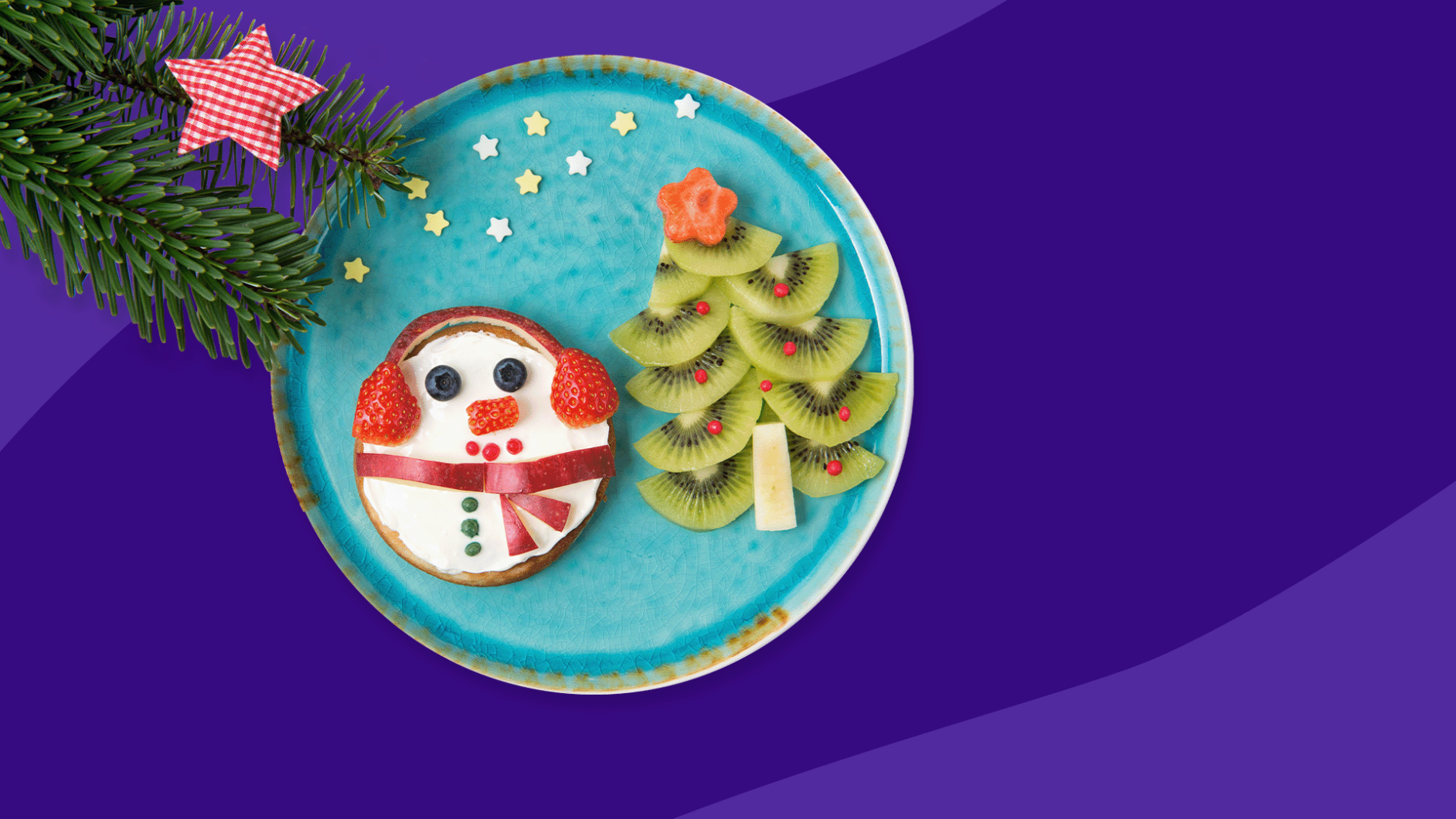Turkey, stuffing, pumpkin pie, ham, fruitcake, gingerbread cookies—one dinner table can hardly contain the bounty of the holiday season. And with so many delicious options just a fork’s length away, it’s hard to not go back for seconds, thirds, or even fourths during the big meal. But for a person with diabetes, overindulging can send blood sugar spiraling.
It’s not all bah, humbug, though. You can treat yourself this holiday season—you just need to be mindful about how you do it, says Sharita E. Warfield, MD, author of the book Get Informed!: A Guidebook for Recently Diagnosed Diabetics and Their Loved Ones.
“There will be a lot of temptations,” Dr. Warfield says. ”The way some foods are prepared for the holidays can add a lot of sugar and sodium and things that may not be best for us with diabetes. That doesn’t mean you have to forego holiday favorites—you just have to exercise portion control and some restraint.”
6 holiday do’s and don’ts for people with diabetes
Here are a handful of diabetes holiday tips to have a diabetes-friendly season.
Do: Keep stress levels as low as possible
There’s no denying the holidays can be a stressful time—despite all the merry and cheer. Indeed, one study conducted by the American Psychological Association found that 38% of participants reported increased stress levels during the holidays.
“Stress raises blood sugar all by itself,” says Mary Ann Hodorowicz, a registered dietitian and Certified Diabetes Care and Education Specialist, meaning that people with diabetes need to be extra vigilant about remaining zen this time of year. She suggests starting your holiday planning early to avoid last-minute fretting and delegating responsibilities to help lighten the load.
For those times when stress is unavoidable, make sure you have a mindfulness technique at the ready to soothe your frayed nerves, whether it’s meditating, reading a book, calling a friend, exercising, or watching TV.
Don’t: Stockpile calories
While you may be tempted to skip breakfast and lunch in order to save all those calories (and carbohydrates) for one big holiday feast, Hodorowicz says that’s a bad idea.
“What happens is, in the early part of the day, your blood sugar can go too low, and then when you have that big blowout meal, your blood sugar could go sky high,” she explains. “Either one of those situations can have very negative effects.”
Instead, try to stick as close as possible to your typical carb counts throughout the day, eating a healthy and balanced breakfast and lunch. An example of a healthy breakfast, according to Hodorowicz, would be high-fiber whole grain toast with some light margarine and sugar-free jam, fruit, and skim milk or low-fat yogurt. For lunch, it would be a salad with grilled chicken or turkey with a whole-wheat dinner roll. (These examples are, of course, not one-size-fits-all. You’ll want to follow your dietitian’s or healthcare provider’s advice.)
Do: Divide your plate
When faced with a veritable cornucopia and no real game plan, it can be easy to overdo it, heaping massive helpings onto your overflowing dish. That’s why it’s key to think about your plate as fractions of a whole, says Dr. Warfield. Half of your plate should contain fruits and vegetables (ideally more veggies than fruits), a quarter of your plate should contain a healthy grain (think: a baked sweet potato rather than gravy-laden mashed potatoes or marshmallow-smothered yams), and the final quarter should contain your protein.
Of course, that’s the ideal, and there is room for substitutions. Perhaps you’re craving a slice of Aunt Betty’s famous pumpkin pie. Then, in order to maintain your ideal carb count, you may eschew the stuffing in favor of dessert. Or have a small spoonful of stuffing and halve your usual slice of pie. It’s all about making smart choices and swaps in order to enjoy the foods you love—while keeping your blood sugar in check.
Don’t: Overindulge in holiday spirits
Alcohol also contains plenty of sugar and carbs, so keep your drinking to a minimum. For a person with diabetes who takes insulin, too much alcohol can actually lower blood sugar levels, resulting in hypoglycemia, says Hodorowicz.
The U.S. Dietary Guidelines for America updated their alcohol consumption recommendations in 2020: Both men and women should limit themselves to one drink a day.
And, for people with diabetes, all alcoholic beverages aren’t created equal. For instance, beer has a lot more carbs than most drinks, so Hodorowicz recommends the light versions to keep counts low. Conversely, really sweet wines can be sugar bombs, so read the labels to know what’s what.
RELATED: Is it safe to mix alcohol and metformin?
Do: Walk it off
If you do end up eating (or drinking) a little too much at a festivity, experts recommend you get moving. Hodorowicz suggests helping your host clear the table or taking a post-dinner walk to burn up that extra sugar. “I call exercise invisible insulin,” she says.
Dr. Warfield agrees: “Exercise is key. I recommend that we get 150 to 300 minutes per week of moderate-to-vigorous activity that helps control our blood sugar. And then just trying to keep our weight down because that tends to cause further problems or complications.”
Don’t: Go it alone
If you aren’t already working with a dietitian and/or a diabetes educator to keep informed and on-track, Hodorowicz recommends meeting with one before the holidays to devise a plan before all of the year-end fetes. Many insurance providers, including Medicare, cover some level of diabetes education.
“Knowledge is power,” says Hodorowicz. “When you have knowledge, you have power over the health and well being of your own body.”











